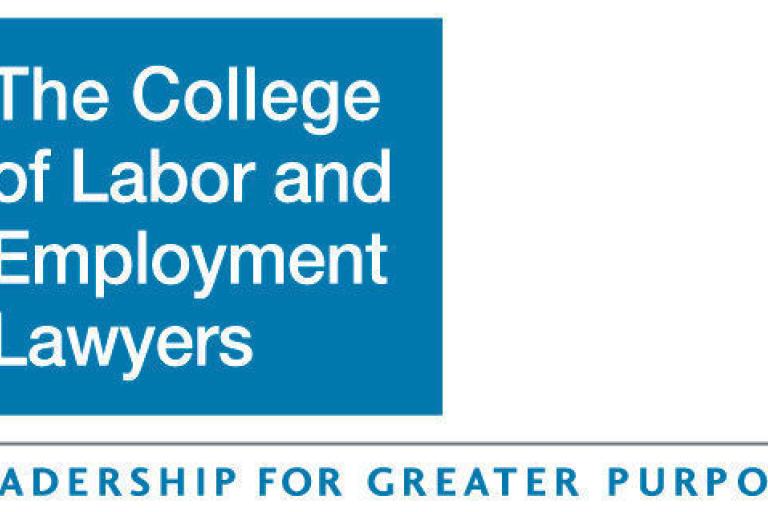The Issue and CSX’s Holding
The Second Circuit’s CSX decision revolves around the conflict between the FRCP and Section 5225(b) of the New York Civil Practice Law and Rules (“CPLR”). Section 5225(b) of the CPLR authorizes a judgment creditor to commence a “special proceeding” against a third party “in possession or custody of money or other personal property to which the judgment debtor had an interest” or against a third party “who is a transferee of money or other personal property from the judgment debtor, where it is shown that . . . the judgment creditor’s rights to the property are superior to those of the transferee.” In short, if a third party owes the judgment debtor money, such as for services performed by the judgment debtor, this statute allows the judgment creditor to collect the money owed from the third-party. If the judgment debtor fraudulently conveyed assets to a third party, such as by transferring money to a third party while the litigation was pending without consideration, this statute allows the judgment creditor to collect the fraudulently transferred money in the third party’s possession.
The problem is that a CPLR “special proceeding” is not a recognized form of action under the FRCP.[1] This created confusion among district courts in the Second Circuit over whether a judgment creditor seeking a turnover order against a third party must commence a separate “special proceeding” or whether the same relief could be obtained by motion in the original federal action.[2]
The Second Circuit’s CSX decision resolves this confusion. In this case, CSX Transportation, Inc. (“CSX”), a judgment creditor, filed a turnover motion against three third parties (“Garnishees”), which either owed a debt to the judgment debtor or otherwise possessed property in which the judgment debtor had an interest.[3] The Garnishees argued that CSX “improperly proceeded by motion under Rule 69(a) of the Federal Rules of Civil Procedure and that, instead, CSX should have instituted a special proceeding against Garnishees pursuant to C.P.L.R. article 52 for the district court to obtain personal jurisdiction.”[4]
The Second Circuit firmly rejected this argument and found that CSX could seek a turnover order against Garnishees by way of a motion filed in the original action.[5] The Court explained that CPLR “special proceedings” are not recognized by the FRCP and that the form of such proceedings “need not be strictly adhered to as long as there is no prejudice to the opposing party in giving notice of the claims and framing the issues.”[6] The Court further noted that the hallmarks of such “special proceedings,” namely the swift and economical resolution of the dispute, are “more akin to motion practice than a plenary action.”[7] The Second Circuit cautioned, however, that the court must have personal jurisdiction over the parties before entertaining such a turnover motion – a fact which was not in issue in the case before the Court.[8] The Second Circuit’s CSX decision provides attorneys a much-needed roadmap for how to properly seek post-judgment turnover orders against third parties going forward.
By: Todd Dickerson
Todd Dickerson is an attorney at Virginia & Ambinder, LLP. Mr. Dickerson focuses his practice on labor and employment law, specializing in the representation of multi-employer benefit plans in lawsuits brought under the Employee Retirement Income Security Act to collect unpaid benefit contributions.
[1] Fed. R. Civ. P. 69(a)(1).
[2] Mitchell v. Garrison Protective Servs., 819 F.3d 636, 640 (2d Cir. 2016) (“[A] ‘special proceeding[]’ has no equivalent under the Federal Rules of Civil Procedure, which ‘recognize only one form of action—the civil action.’”) (quoting Vera v. Republic of Cuba, 802 F.3d 242, 244 n.3 (2d Cir. 2015) (internal quotations omitted)).
[3] Compare Mitchell v. Lyons Prof’l Servs., 727 F. Supp. 2d 120 (E.D.N.Y. 2010) (allowing a turnover action against an alleged fraudulent transferee and successor to the judgment debtor to be brought by motion in the original action), with Runaway Dev. Grp. V. Pentagen Techs. Int’l Ltd., 396 F. Supp. 2d 471, 473 (S.D.N.Y. 2005) (“[W]hen the property sought is in the possession of someone other than the judgment debtor, the judgment creditor must follow the procedure set forth in section 5225(b), which requires that the creditor commence an action against the person in possession, instead of merely filing a motion in the original action.”) (internal citations and quotations omitted).
[4] CSX Transp., Inc. v. Island Rail Terminal, Inc., 2018 U.S. App. LEXIS 612, at *3-5 (2d Cir. Jan. 10, 2018).
[5] Id., at *8.
[6] Id., at *15.
[7] Id., at *10-11 (internal quotations omitted).
[8] Id., at *11.
[9] Id., at *12.


